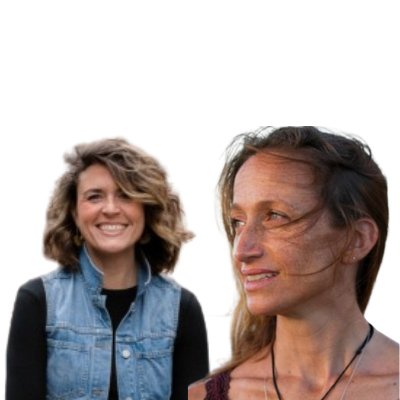
The end of silo mentality? Stuart Render gives his opinion in latest Journal
One of the recurring messages coming out of industry webinars during the last few months has been the importance of building relationships. Stuart Render, of coach and group tourism specialist Stuart Render Tourism, asks whether more needs to be done as part of ‘building back better’.
Relationships between neighbouring visitor attractions are often a mix of first-class partnership and undisguised hostility. Each attraction, while happy to work with a regional tourism or marketing organisation to entice people into the area, will often pull up the drawbridge when it comes to protecting visitor numbers and revenue.
That’s understandable, but I would venture to suggest that now, as we aim to ‘build back better’, it’s time for some new thinking.
What do I mean? Let’s take the example of a family looking to have a day out. They’ve spotted an attraction that they fancy visiting. They go to the website to find out more.
So far so good. But the family soon realises that a visit may only take a few hours, so they wonder what else there is to visit in the area. But where do they turn to find out more?
Of course, such information is covered by the websites of local or regional tourism or marketing organisations. That seems reasonable of course, that’s what those organisations are there to do, but it does require the family to know that.
I work primarily with the group travel sector, where tour planners are always looking to be enthused and inspired. They’ll visit an attraction’s website and easily find ‘what’ there is to see and do. When it comes to understanding ‘how’ a visit might work, something that’s particularly important if the geography and layout of the attraction isn’t already known to the tour operator, it all becomes a little harder. As for the website giving information about other attractions in the area, well, with one or two exceptions, forget it!
Over recent weeks I’ve presented a handful of webinars highlighting the need for more joined-up thinking by attractions, especially when targeting the groups market. I firmly believe that including ‘suggested itineraries’ on an attraction’s website can solve the tour planner’s concerns about how a day out might work. It’s just as beneficial to a self-drive visitor too. Showing how a castle visit in the morning, then on for lunch and gardens in the afternoon, offers a perfect day trip, could be just what’s needed to enthuse, inspire and encourage a tour planner, or anyone else, to visit.
If you’re that castle, or those gardens, working together to highlight these tour opportunities, perhaps even with a combined ticket offer, could be a route to further commercial success.
To be fair, many visitor attractions are already thinking like this. But in a post pandemic world, where working together has been cited as a positive way forward, isn’t it time for more visitor attractions to take that step?



